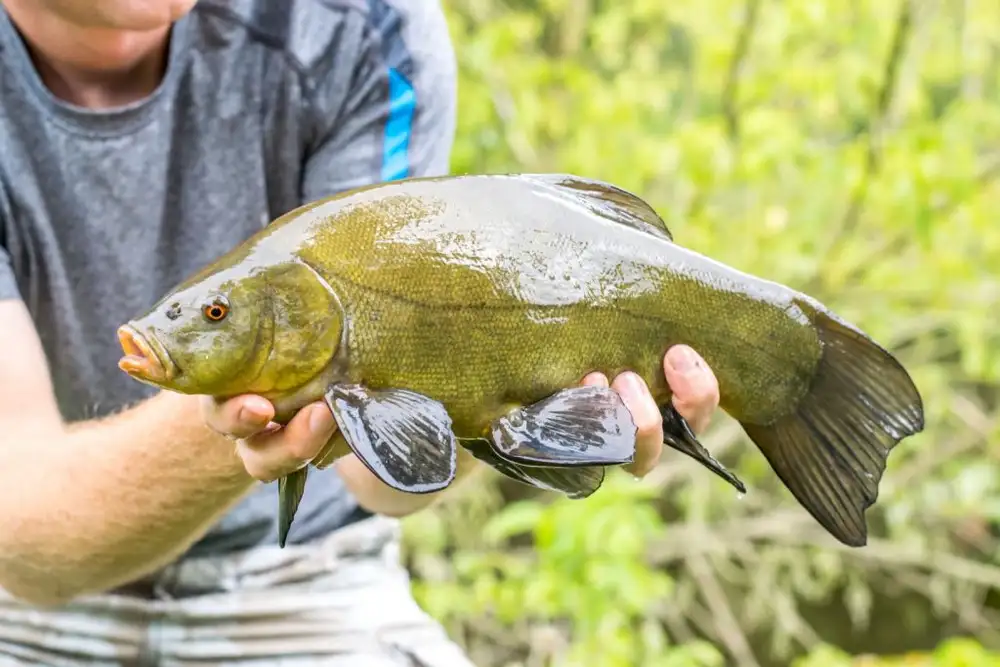This is a demo store. No orders will be fulfilled.
Top 5 Spring Tench Tips

With spring just around the corner, my attention like many other specimen anglers should be turned to tench fishing. However, until we are out of isolation we can just brush up on our techniques and prepare tackle for when we can get back to the bankside. For those wanting to be the best equipped to take full advantage of the season, here are my top five tench fishing tips to hopefully help you catch a few more tench once measurements are lifted during spring.
1. Picking a Location
Whether the lake I am fishing is 1 acre or 100 acres, it can always be assured that tench have preferred areas. In my experience the shallower weedy areas where the tench head in the springtime. I’m not suggesting that cast your rigs straight into the weed, but if you can find clear spots close to the weedy the tench will not be far away.
Early morning walks can be worth investing some time into. There is no better way of locating tench than actually seeing them. During the first light, tench will often roll on the surface giving you a clue to where to start.
The weather can also play a huge part on location too, strong warm winds, especially on larger gravel pits, will move the tench. Fishing on the end of these warm winds often pays off!
2. Choosing the Perfect Bait
Small baits such as maggots, casters, hemp, small pellets, and corn are my first choice of tench baits. Although lots of tench can be caught on boilies, I find I can hold the tench in my swim longer using much smaller baits. The longer the tench feed in my swim the more I can catch.
The only time I turn to boilies is if lots of small silverfish are present as the boilies are more selective. Small 12mm fishmeal boilies such as Sticky Baits krill are caught be numbers of big tench in this situation.
Having enough bait is also important too. It’s surprising how much bait you can get through once the tench turn up in numbers. Several pints of both maggots and casters are often needed along with hemp, pellets and sweetcorn.
3. Consider Fake Baits
I have lost count of how many big tench I've caught on fake bait, in particular rubber casters. Casters are probably my number one tench bait, but using real casters on the hook is very difficult. Small silver fish could remove your bait, the other problem would be ensuring they stay on the hook when casting at range.
I find that artificial baits work best when mounted on a hair rig and three rubber casters mounted on a size 12 hook is perfect. I’ve caught big tench on other fake baits such as rubber corn and maggots.
4. Using Feeders
Most of my tench rigs are feeder rigs, whether it is large maggot feeders or method feeders. One very important tip with using feeders is to regularly recast them. How often you recast your feeder can depend on several different factors for example, if there are numbers of nuisance fish present (small silverfish) in your venue, then more regular recasting is recommended. If the lake has a relatively low stock I am usually happy to leave the feeders in position longer. Feeders are called feeders for a reason, and quite often a bite will occur soon after a recast.